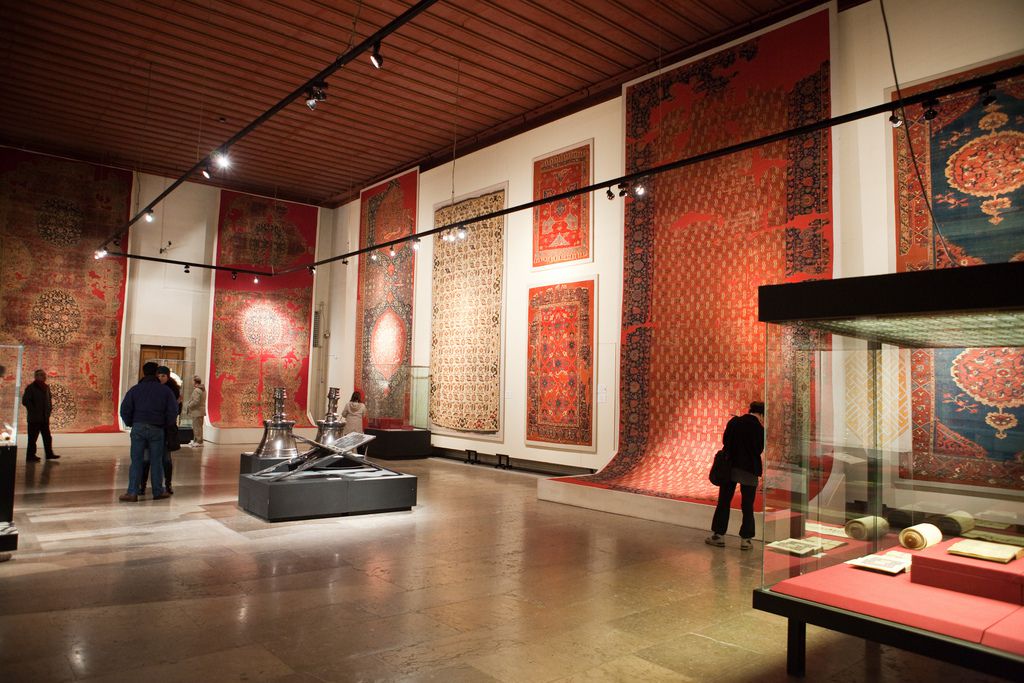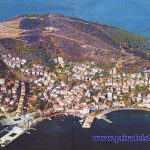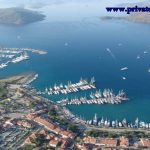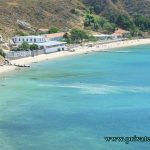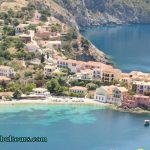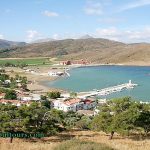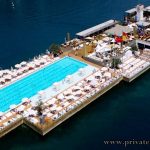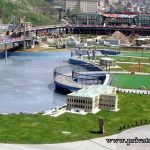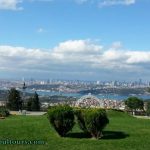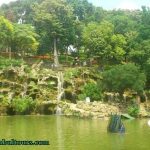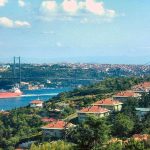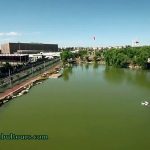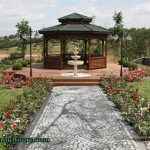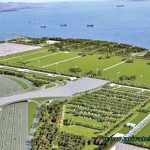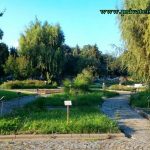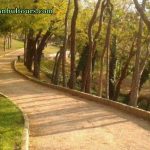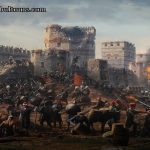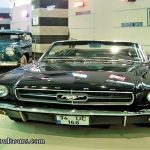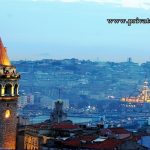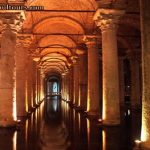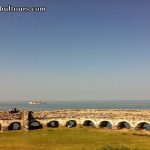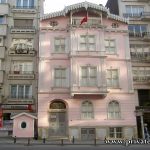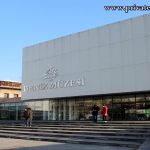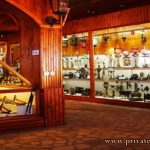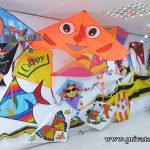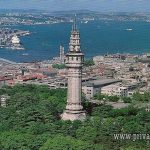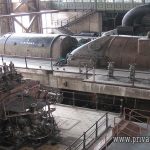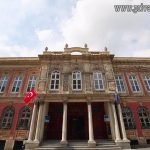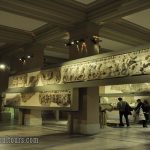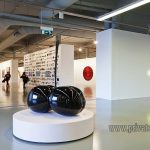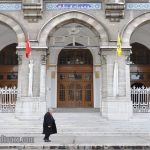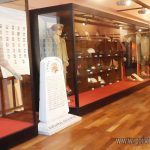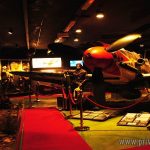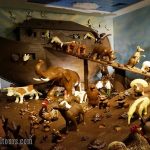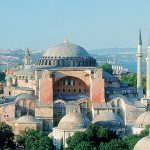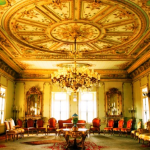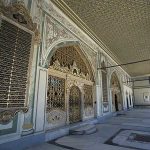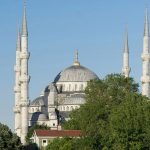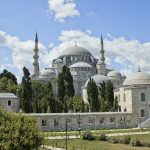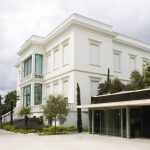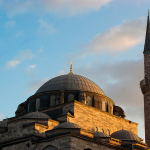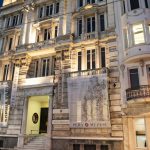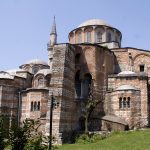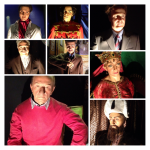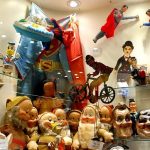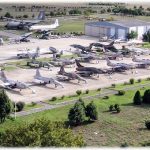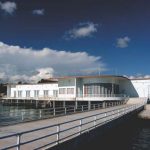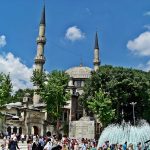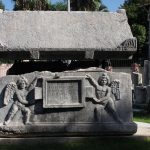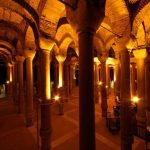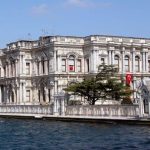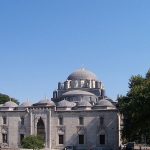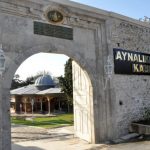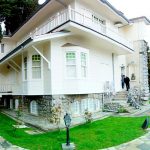Foundation activities of the museum are based on the 19th century. The museum completed its construction in 1913 and it started to serve under the name of Islamic Foundations Museum (Evkaf-ı Islamiye Museum) in the imaret which is located in Suleymaniye Mosque Complex. After the declaration of the Republic, he took his present name (Museum of Turkish and Islamic Works).
In 1983, the museum was moved to the present Ibrahim Pasha Palace from Suleymaniye Imaret Building. The palace was severely repaired between 1966 and 1983, after which the museum moved here. After these developments, the Ibrahim Pasha Palace was born again from the ashes of the phrase. The Museum of Turkish and Islamic Arts has also received various awards. Jury Special Award at the Council of Europe Museum of the Year in 1984, and in 1985, in the work of the Council of Europe – UNESCO partnership to promote children’s cultural heritage. The museum, which has been able to reflect almost every period of the Islamic world thanks to its work of 40 works, is shown as one of the few museums of the world.
Departments in the Museum
Carpet Department: The museum, which is said to have the richest carpet collection in the world, has been known as ‘Carpet Museum’ for many years. It is the most important artifacts in this section which are produced in the Anatolian soil between the 15th and 17th centuries and are called “Holbein Carpets” by the Western countries. Apart from this, there are many varieties in the museum, from Persian carpets to Caucasian carpets. Those who do serious research on the carvings should definitely visit this museum.
Handwriting and Calligraphy Department: Many of the works in this area (7th – 20th Century), which span a very broad century, are composed of the Qur’an. The calligraphy arts that provide inspiration from many states are only a few of the unique beauty works found in this section. There are also a number of books that stand out from the Qur’an. The fermans, the monarchs, the Turkish and Iranian miniature writings which remain from the Ottoman era are of special importance here.
Wooden Works Department: The most important works in this section are examples of Anatolian wooden art dating from the 9th and 10th centuries. In addition to the unique works from the Seljuks and other principalities, various wooden works of the Ottoman period, such as mother-of-pearl, ivory, engraved, Qur’anic khafas, rahleler and many other works are exhibited in this section.
Stone Art Department: From the Umayyads to the Ottomans, motifs and written works from many periods were collected under the roof of the museum. The tombstones in which the creatures such as Sphenks, Griphons and Dragons were found, various inscriptions were gathered at the Stone Art Department and they were offered to visit.
Ceramics and Glass Department: The most important of the pottery works found in the excavations carried out in the years 1910; Rakka, Tel Aleppo, those from Kesan. Mosaics, mihrab and gypsum ornaments dating from the Seljuks and other principalities are exhibited in this section. Recent examples are Kütahya and Çanakkale ceramics.
Mining Art Department: The mortar, ewer, mirror and various dirhems from the Seljuk Period are exhibited in the Mining Art Department. The works remaining from the Ottoman Period are; Silver, brass, oil lamp, tombak, smile, basin, ewer and clown are exhibited.
Ethnography Department: In the Ethnography Department, which is a younger section than the other departments, recent works such as carpet – kilim benches, wool painting techniques, handicrafts, home furnishings and immigrant tents collected from various regions of Anatolia are exhibited.


